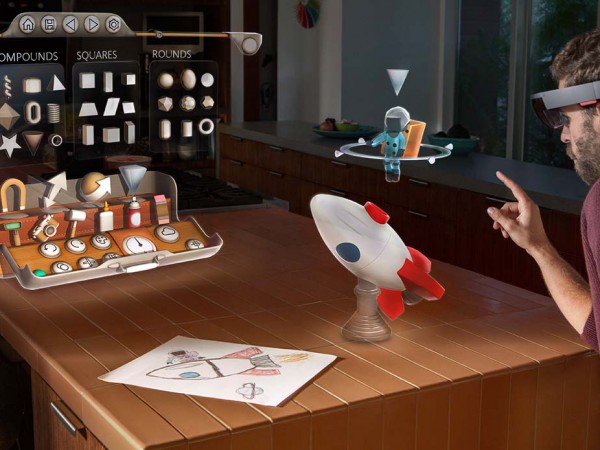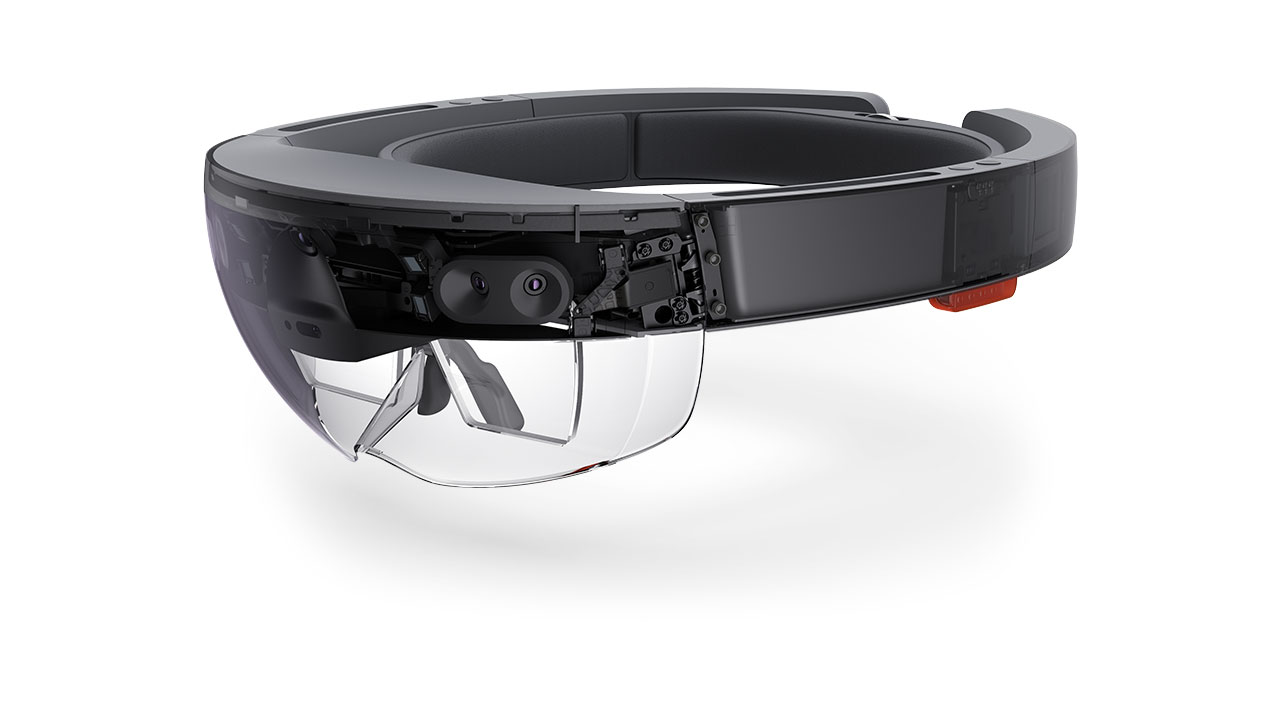Some may remember the much hyped original Kinect video and how much diffrent actual Kinect games were from what we saw in this trailer. I mean you couldn’t even play the thing sitting down at all, and remember how you had to have a big room? Never mind that the levels of precision shown in the video simply did not exist in the real world. HoloLense (yes the L is capitalized) now has its own video of such caliber, and even another one showing someone actually using it to play a “game” which is more than we ever got for the Kinect.

Microsoft is doing at least one thing to try and prevent another Kinect, taking its time. With that in mind, HoloLens creator Alex Kipman won’t reveal a release date for the AR headset until he believes that it is ready to be sold to the general public. Though there is a dev kit available for for the sky-hi price of $3000 USD, Kipman assures that the unit is consumer-ready, sticking to the Microsoft line of, “There’s nothing development kit-ish about it.” Well hopefully that price at least in Devkit material, as such a hi barrier to entry will likely mean that its not a consumer product but instead something a company might buy as a training tool or office aid. Kipman went on to explain that its not about the headset itself, but rather they are waiting for the software to catch up so the consumer has more than a useful piece of pretty decoration.
“When I feel the world is ready, then we will allow normal people to buy it. It could be as soon as we say yes, and it could be as long as a very long time. If a consumer bought it today, they would have 12 things to do with it. And they would say Cool, I bought a $3,000 product that I can do 12 things with and now it is collecting dust.”
The claim that the headset unit itself is complete and ready for is backed up by its recent showing at a TED talk in Vancouve, where Kipman demoed the units multiple uses on stage in from of a live audience. The HoloLens creator immersed the stage in a vibrant, fantastical forest, turned the area into the moon, and then Mars. Also demonstrated was the headsets ability to do personal video conferencing, as Kipman talked to a NASA astronaut during the presentation.
So what precisly does Kipman want to avoid with regards to the new VR headset and comparisons to the Kinect. The Kinect sold 10 million units in 60 days, but Kipman described fans’ waning enthusiasm for the Kinect as a disheartening occurrence, saying, “It was not a pleasant experience.” Sounds pretty weak if you ask me, but honestly arent these two devices in two all together different classes? Consumers will have to decide for themselves, for my money im just going to get a new Gaming PC.
